I’m a professional gardener, and these are 7 undemanding perennial flowers I would plant in June for years of glorious, long-lasting blooms
Make any flower bed dazzle and attract pollinators with these low-maintenance perennials
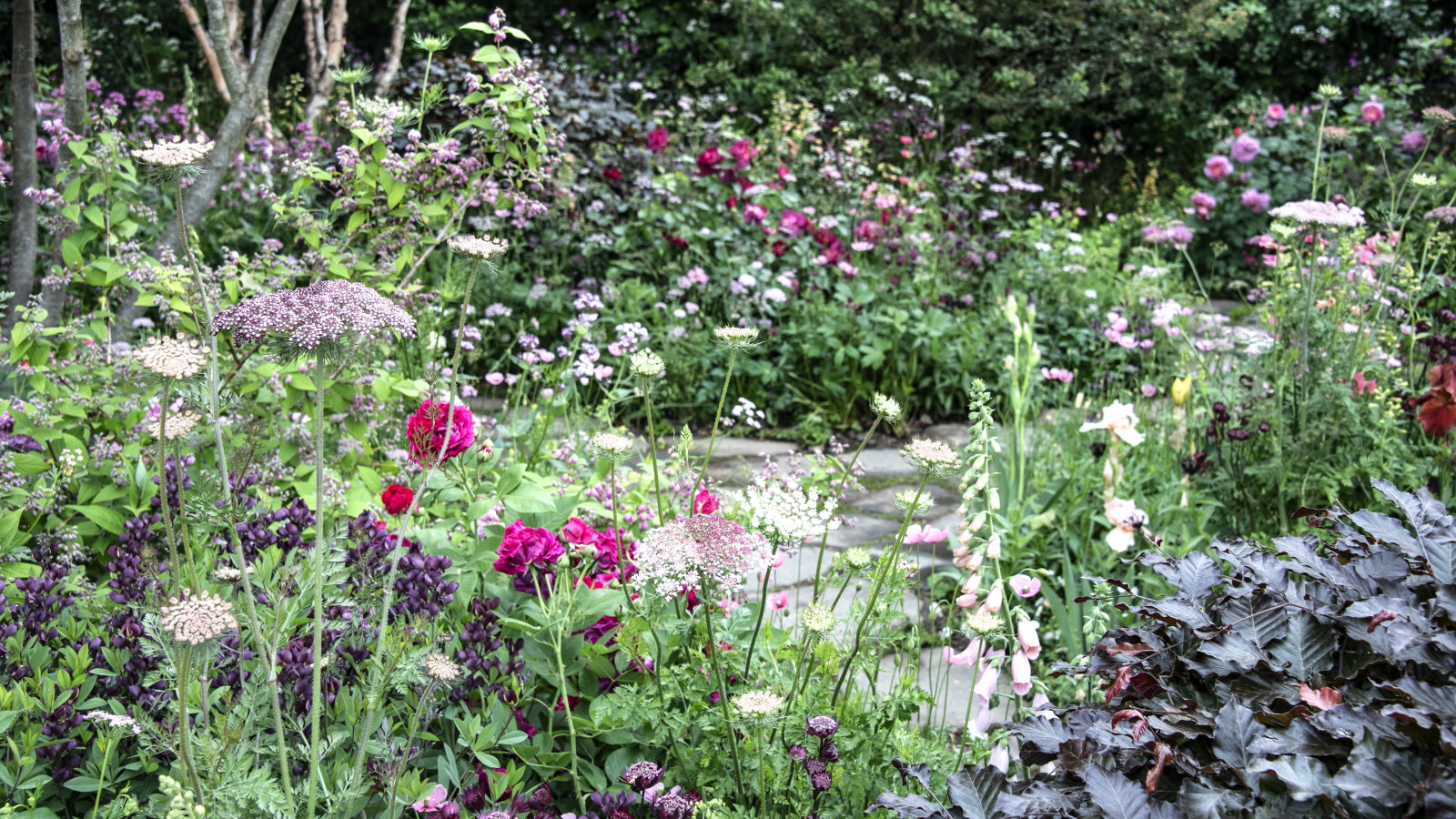

Perennials provide excellent value, offering potentially years of stunning blooms with minimal effort required. Plant once and enjoy for years on end. What’s not to love about that?
If you wish to add perennials to your flower beds and borders for color this year and for many more to come, June is not too late. A good range of perennials is available at garden centres, nurseries, or online, which you can take home and plant in June. There may even be some fast-growing varieties that you can sow from seed early this month to bloom before summer's end.
I worked as a professional gardener for many years in large public gardens in the UK, including at Hidcote Manor Garden, which is renowned worldwide for its magnificent flowering borders. If I were to plant a flower bed this month, these are some of the best perennials I would choose that are low-maintenance and bloom reliably year after year.

7 perennial flowers to plant in June
If you are looking for perennial flowers to plant in June that can fill any border with dazzling color and texture, plus attract lots of wildlife, then these 7 options will do just that:
Coneflower
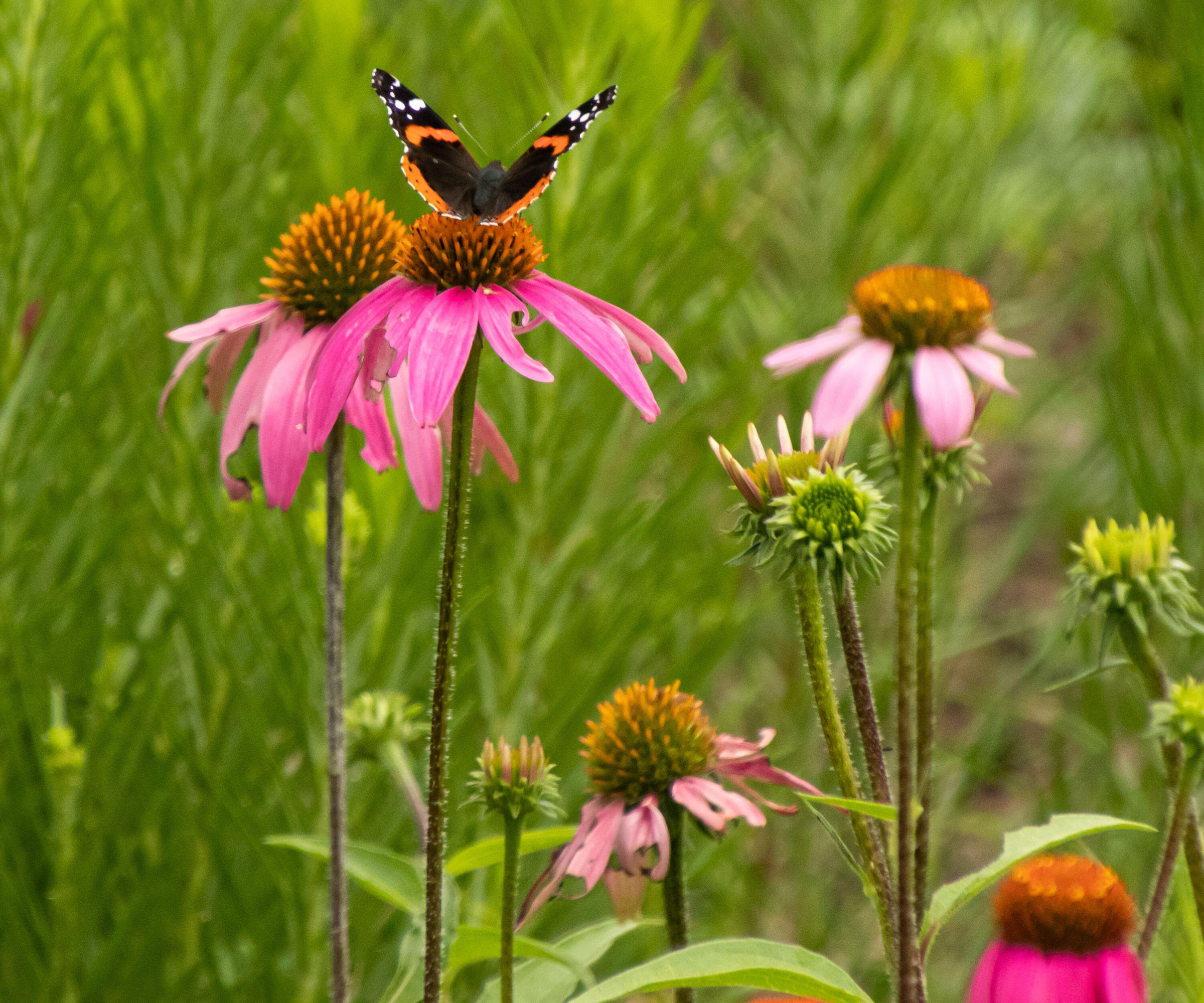
Coneflowers, or echinacea, are native plants in the US and popular in prairie planting schemes.
They are easy to grow and universally popular, thanks predominantly to their daisy-like flowers, which bloom from July through to October, and the fact that coneflowers are a beacon for pollinators and beneficial insects.
There are lots of different coneflower varieties, coming in various shades and sizes, and, as well as being drought-tolerant, their sturdy stems only add to their low-maintenance reputation – there is no staking required.
Design expertise in your inbox – from inspiring decorating ideas and beautiful celebrity homes to practical gardening advice and shopping round-ups.
Plant coneflower in a sunny spot with well-draining soil. Deadheading coneflowers can extend their flowering season, but leave spent blooms for fall and winter so the birds can enjoy the seedheads.
You can get stunning coneflowers, such as this purple coneflower at Nature Hills, or you can see coneflower seeds at True Leaf Market.
If you sow seeds early this month, there may still be time for blooms later this year, as they are fast-growing plants.
Coreopsis
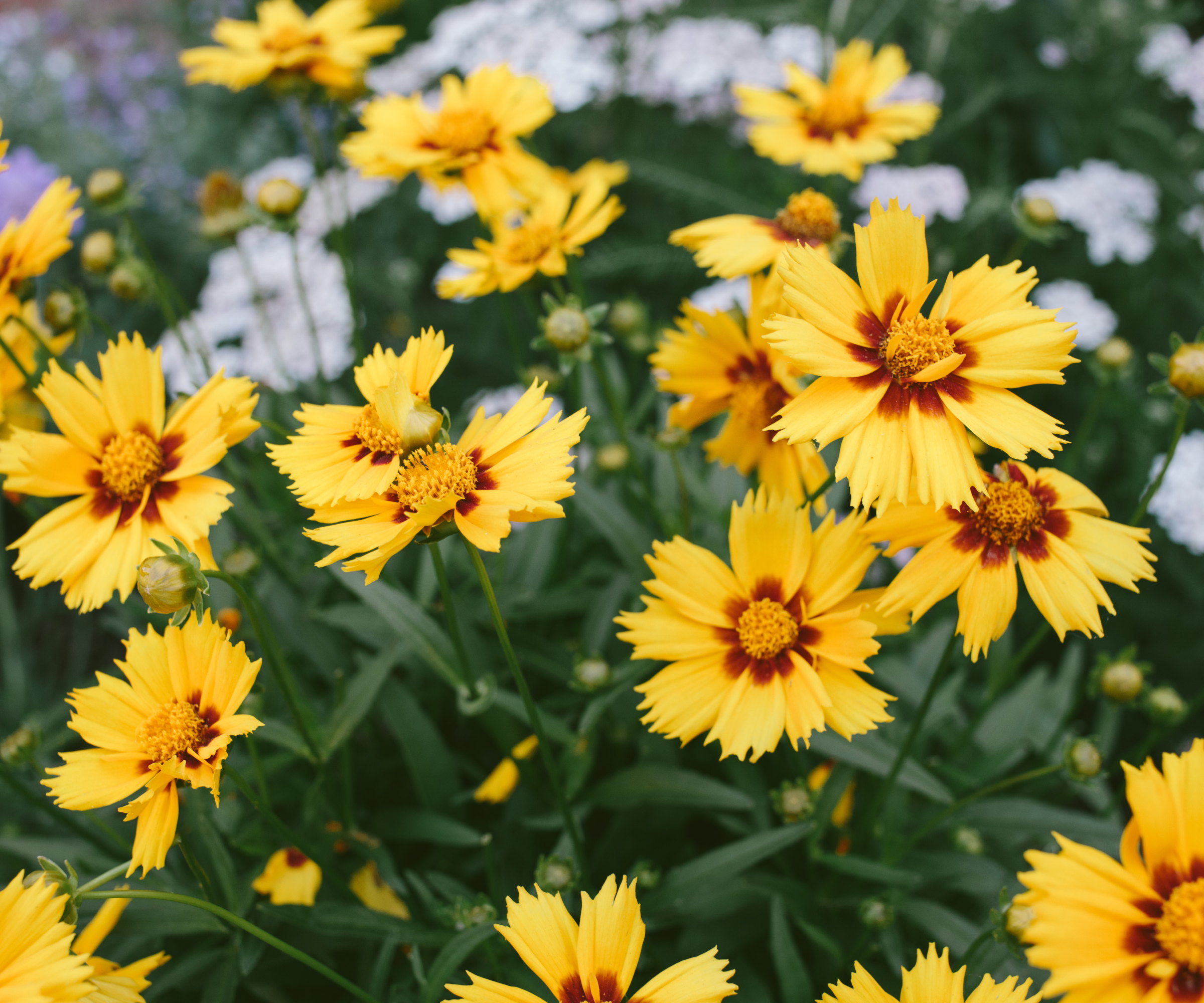
Coreopsis, or Tickseed, is one of the longest-flowering perennials you can add to any flower border.
Given the right conditions, plus a bit of deadheading, coreopsis can flower from early summer right through to the frosts. That means a long season of bright and cheery small daisy-like flowers to enjoy.
Coreopsis is another native North American plant that likes full sun, but can tolerate a bit of shade, and it is drought-tolerant once established.
They don’t grow to a huge size, not larger than four feet tall, and that means they are also great low-maintenance plants for pots.
You can sow seeds outdoors after the last frost, such as these Lanceleaf coreopsis seeds from True Leaf Market, or plant container-grown specimens to flower this summer.
I particularly like this Lil Bang Daybeak Coreopsis at Nature Hills, due to its unique bi-color yellow and red blooms.
Echinops
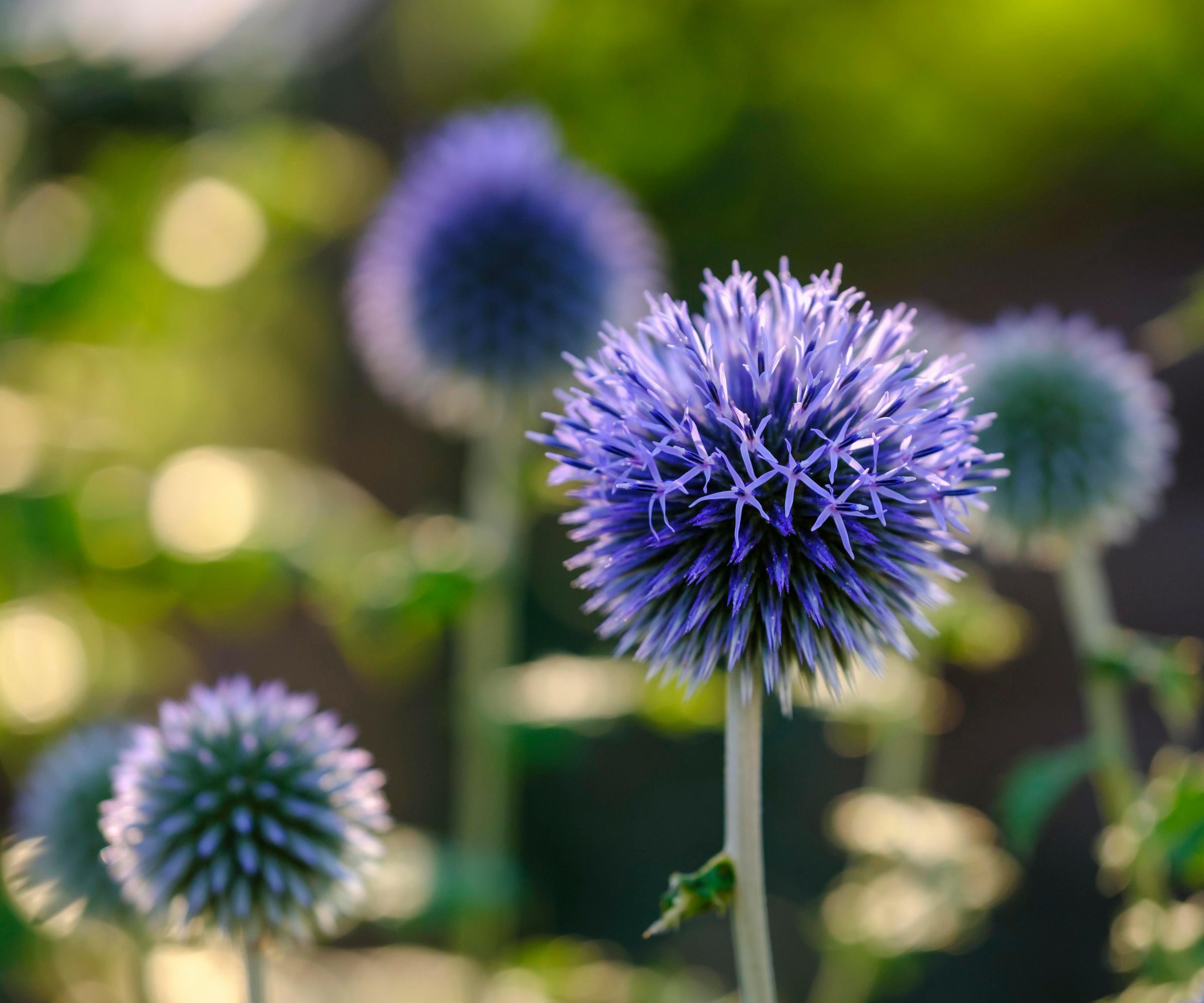
Echinops, also known as globe thistle, is a great drought-tolerant flowering perennial that is super-easy to grow.
Its blue spherical flowers sit atop tall stems and spiky foliage, bringing great structure to flower beds, even during winter when their dried seedheads dazzle when tinged with frost.
As well as looking good, echinops are great plants for pollinators and attract bees and butterflies throughout the season.
They like full sun and need regular watering to get established, but can tolerate dry periods once established and will return year after year as a standout performer.
Echinops are fast-growing plants from seed, so sowing in early June can give you flowers this year. You can get globe thistle seeds at Amazon to sow directly into their growing position this month.
Hardy geranium
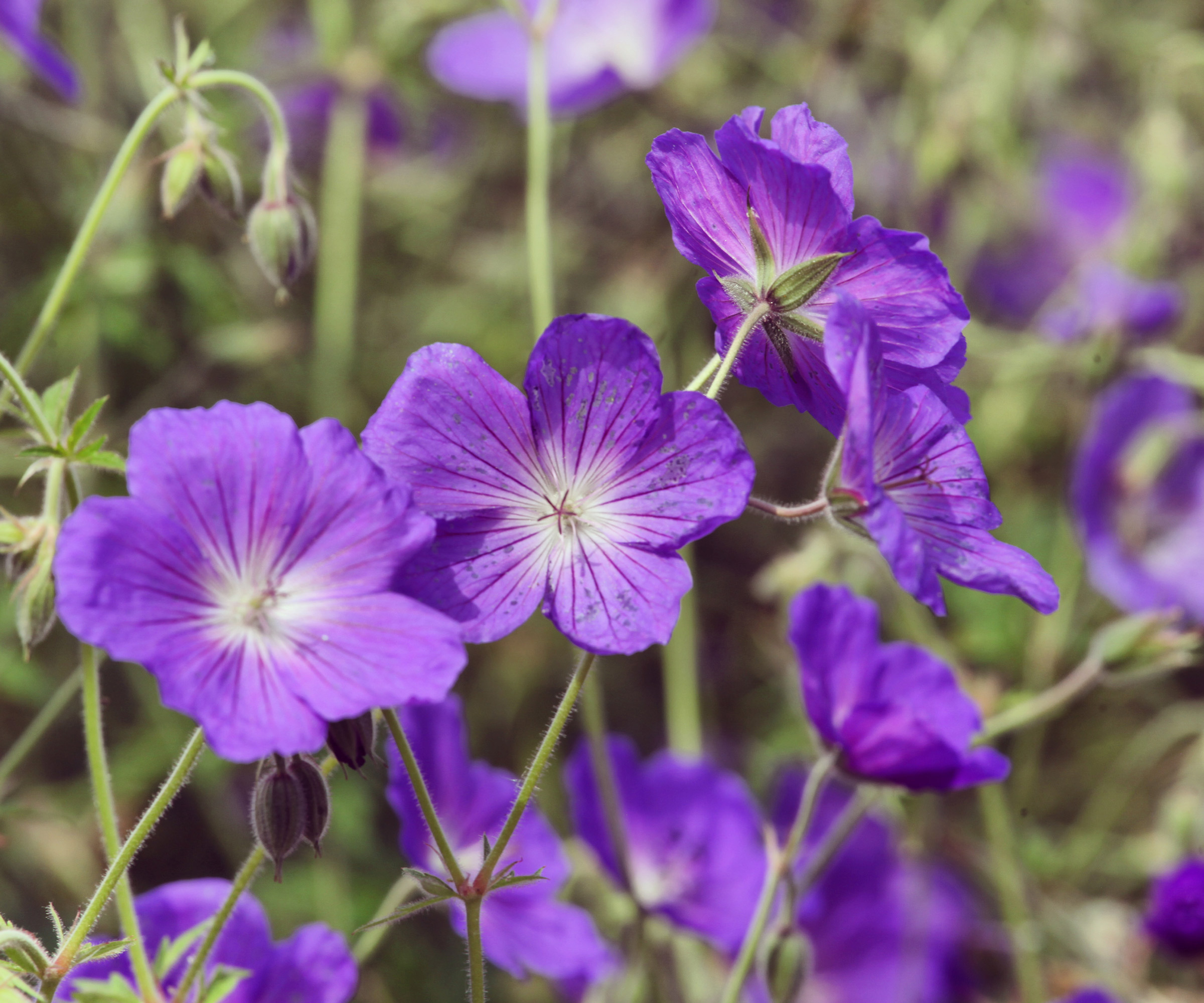
Hardy geraniums, also known as cranesbill, are renowned for being reliable and simple perennial plants.
Add any hardy geranium variety to your flower bed or border, and it means you can enjoy attractive foliage and showy flowers from late spring or early summer into fall.
They are also versatile perennials. Some varieties like full sun, others prefer shadier spots, and there are even hardy geraniums you can use as flowering ground cover plants. The one thing they all have in common is that they are adaptable and low-maintenance.
If you want to extend the flowering, cutting back sections in mid-summer can promote a second flush of blooms. The plants will die back in fall and need to be cut back, but they will regrow quickly again in spring for another showy display.
A glorious purple hardy geranium to plant is this New Hampshire Cranesbill at Nature Hills, an easy-to-care-for perennial for US hardiness zones 4-8.
Liatris
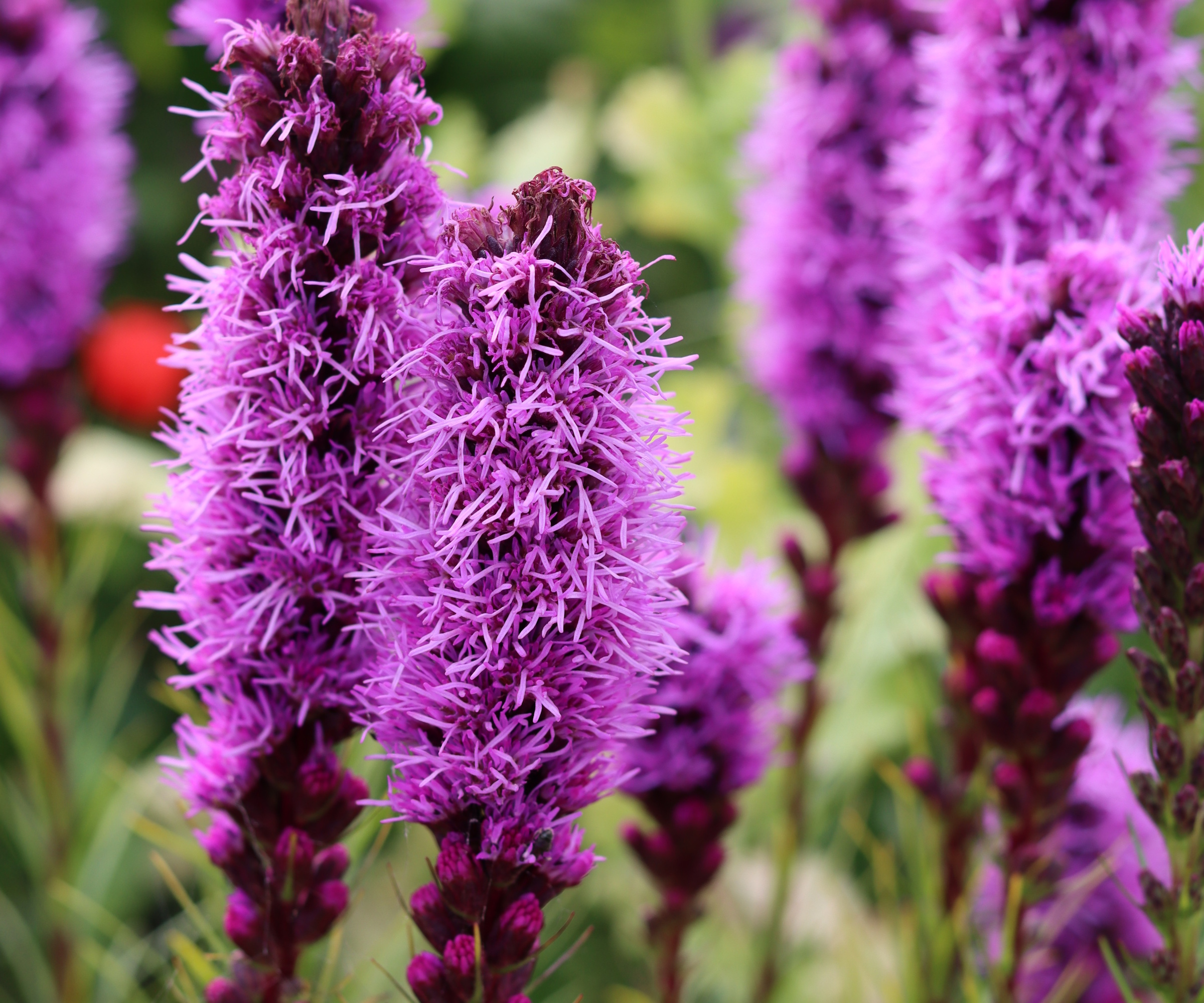
Liatris, also commonly known as blazing star, is a unique and long-blooming perennial. Its blooms are feathery and appear around long, upright spikes, and the foliage is thin and grass-like.
It can be a quirky, low-maintenance perennial to add to any flower border to dazzle and attract bees, butterflies and hummingbirds.
Liatris can tolerate many soil types, but it prefers full sun. You can either buy plants, plant corns, or grow liatris from seed, but the latter involves potentially waiting over two years for the first flowers.
For immediate results, get live plants such as this Liatris spicata at Nature Hills that can flower all summer and into fall.
Once established, liatris is very low-maintenance. It does benefit from deadheading for the longest blooming period, and you do need to prune blazing star come the end of the growing season.
Milkweed
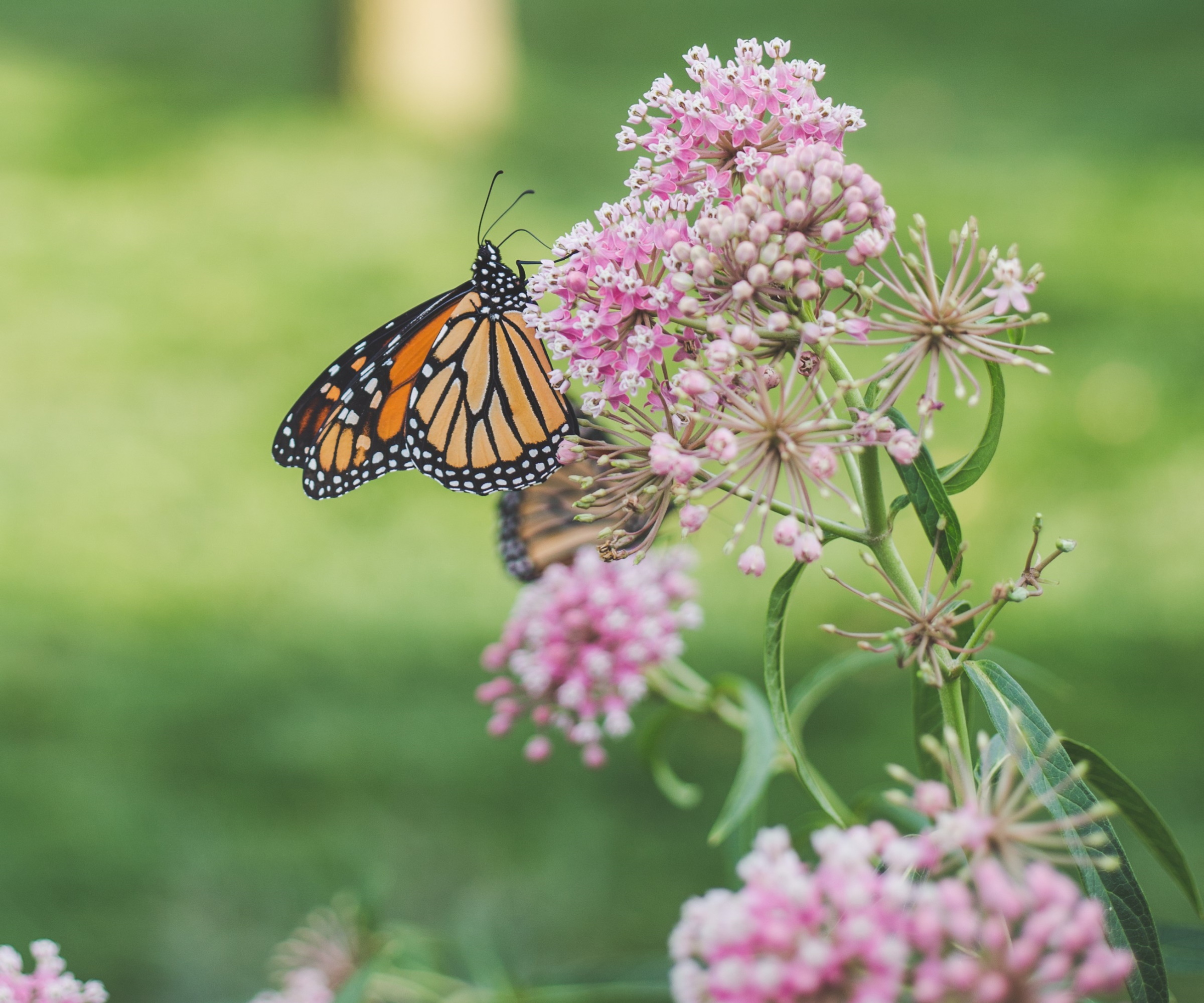
Milkweed, also often referred to as butterfly weed or asclepia, is a great spring-flowering plant to attract butterflies (especially Monarch butterflies) and is ideal if you are planting a butterfly border.
As well as being great for pollinators, it produces masses of small star-shaped flowers and is one of the easiest perennials to cultivate.
There are over 100 milkweed species native to the US and Canada, and it is best to pick one native to your particular area, as it is guaranteed to thrive.
Milkweed prefers full sun, tolerates poor soils, and is drought-tolerant. Give it the sun it wants, and the plant will repay you by needing little other maintenance and reliably flowering each year.
Milkweed can grow from 1 to 5 feet, depending on the variety, and plants are suitable for different planting styles, ranging from formal borders to wildflower gardens.
To guarantee blooms this season that are covered in pollinators, buy starter plants this month, such as this swamp milkweed from Nature Hills that reaches four feet and produces flowers in shades of pink, mauve, and white.
Scabious
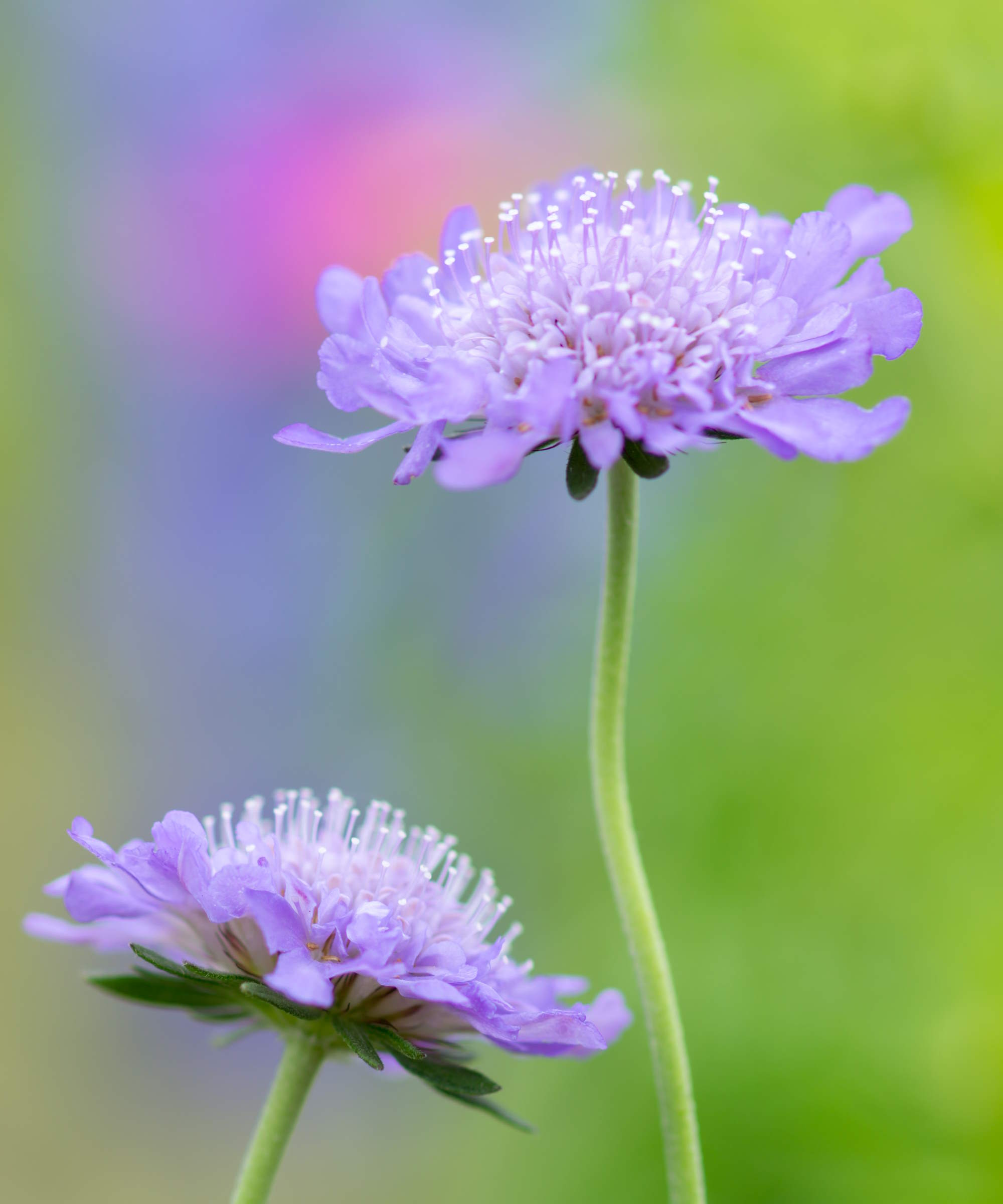
Scabious are also called pincushion flowers due to their delicate, circular blooms that sit atop long stems. Coming in shades of white, lilac, purple, pink, and burgundy, they are attractive cottage garden plants that provide movement and structure in a border, while also being loved by pollinators.
Scabious provides a long season of interest and, with a bit of deadheading, can flower all summer long.
They are drought-tolerant perennials that don’t regularly need feeding, as they can get all the nutrients they need from the ground.
You can get starter plants to add to your borders, such as this deep pink scabious starter plant at Walmart, or you can try growing plants from seed.
As scabious takes around three months to go from sowing to blooming, sowing seeds outdoors early this month gives time for flowers later in the season.
This HiGro mix of scabiosa seeds at True Leaf Market produces blooms in shades of purple, pink, and light blue.
June can be a busy month in the garden. As well as considering which flowers to plant in June, there are also vegetables to add to a productive space and pruning to be done. Our guide to plants to prune in June highlights a range of trees and shrubs that may need attention this month to keep them healthy and looking in top shape.

Drew has worked as a writer since 2008 and was also a professional gardener for many years. As a trained horticulturist, he worked in prestigious historic gardens, including Hanbury Hall and the world-famous Hidcote Manor Garden. He also spent time as a specialist kitchen gardener at Soho Farmhouse and Netherby Hall, where he grew vegetables, fruit, herbs, and cut flowers for restaurants. Drew has written for numerous print and online publications and is an allotment holder and garden blogger. He is shortlisted for the Digital Gardening Writer of the Year at the 2025 Garden Media Guild Awards.
You must confirm your public display name before commenting
Please logout and then login again, you will then be prompted to enter your display name.